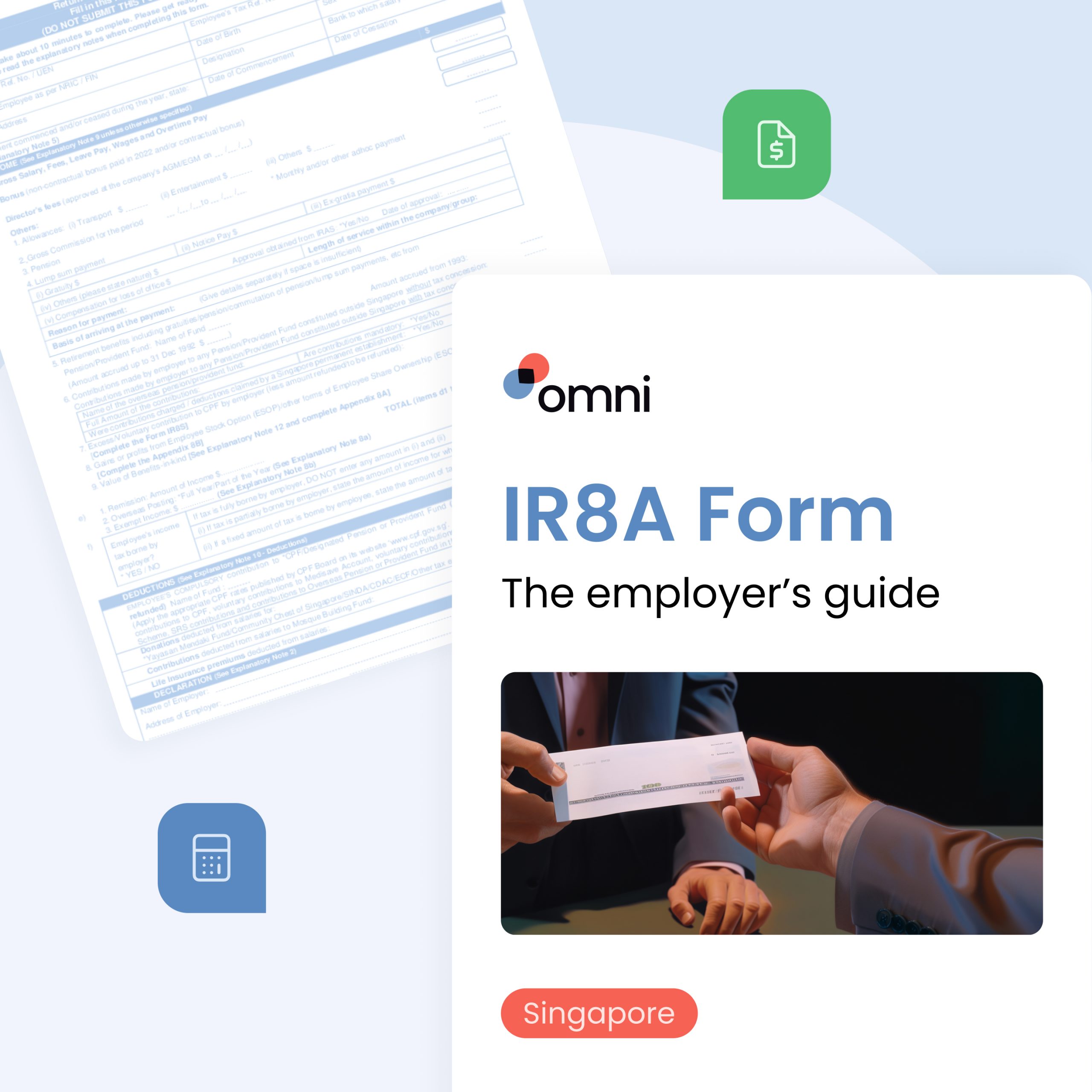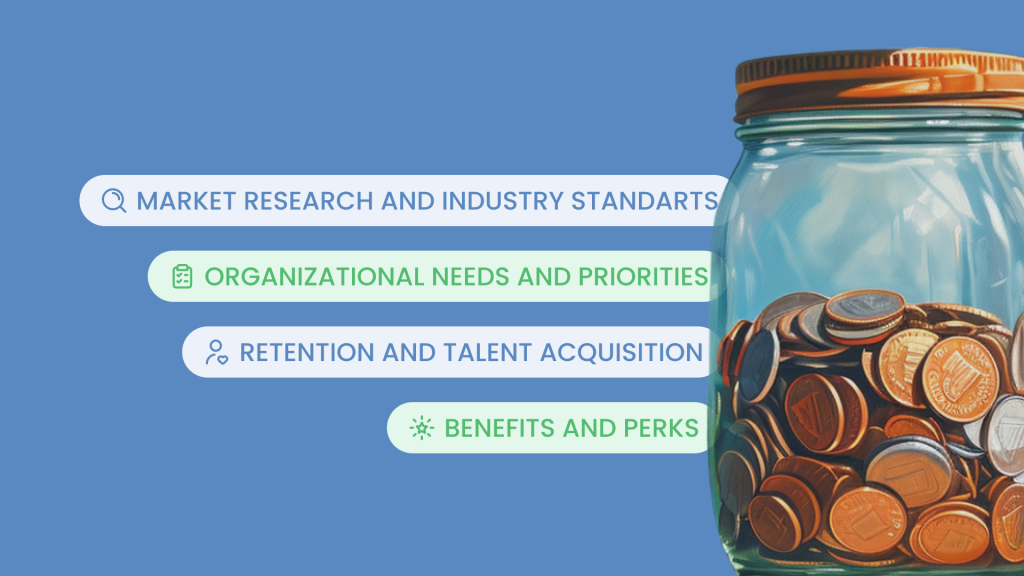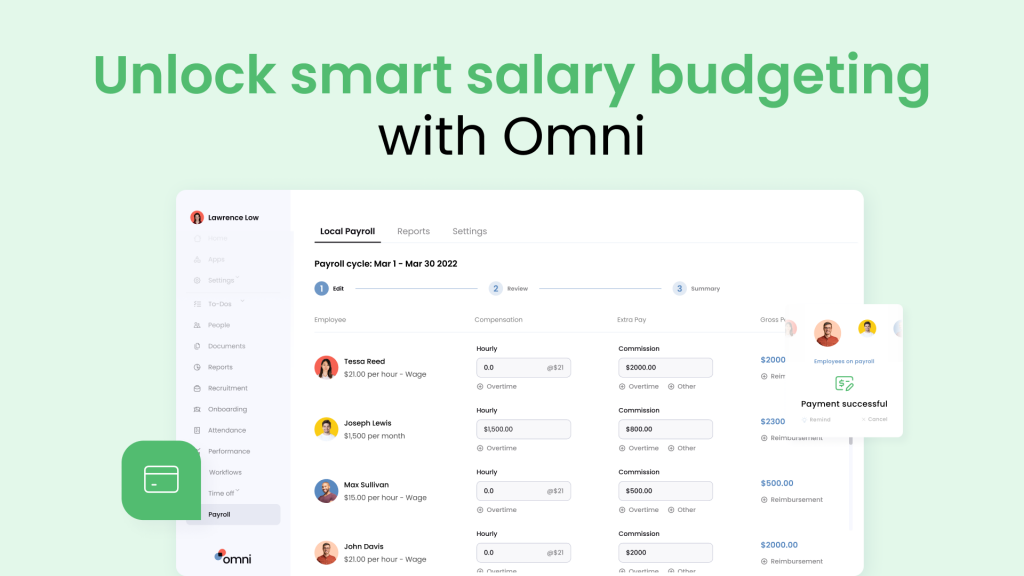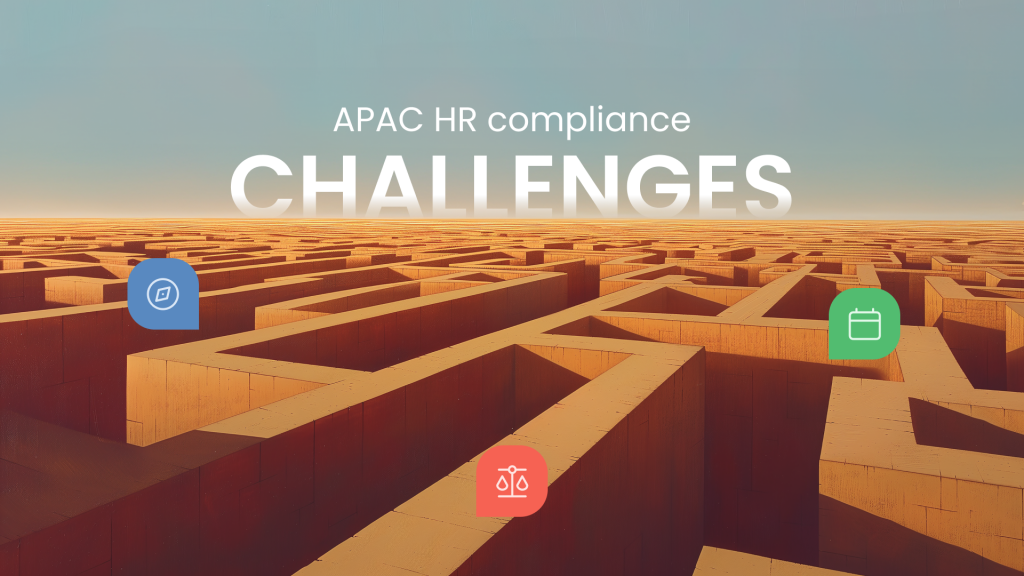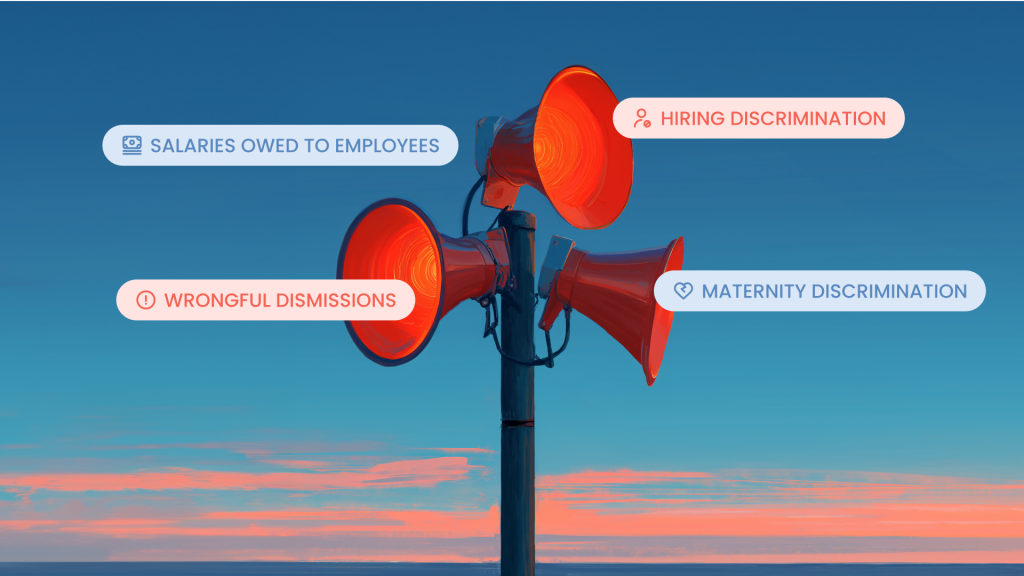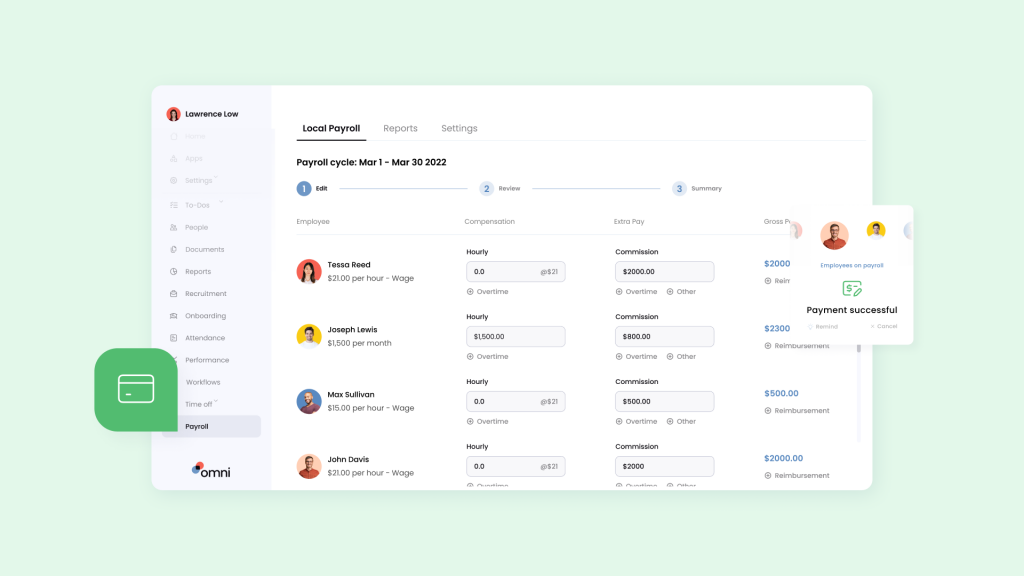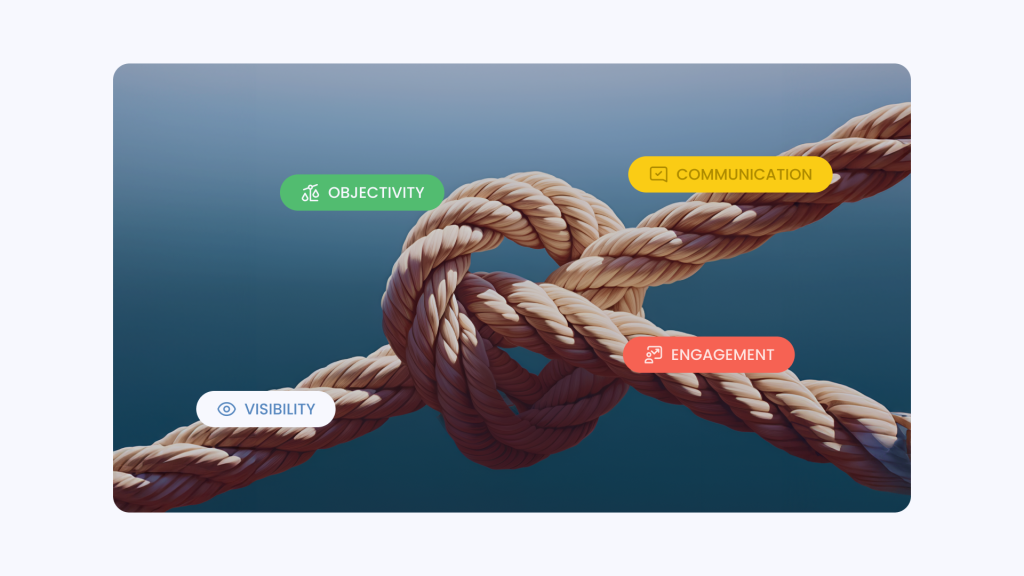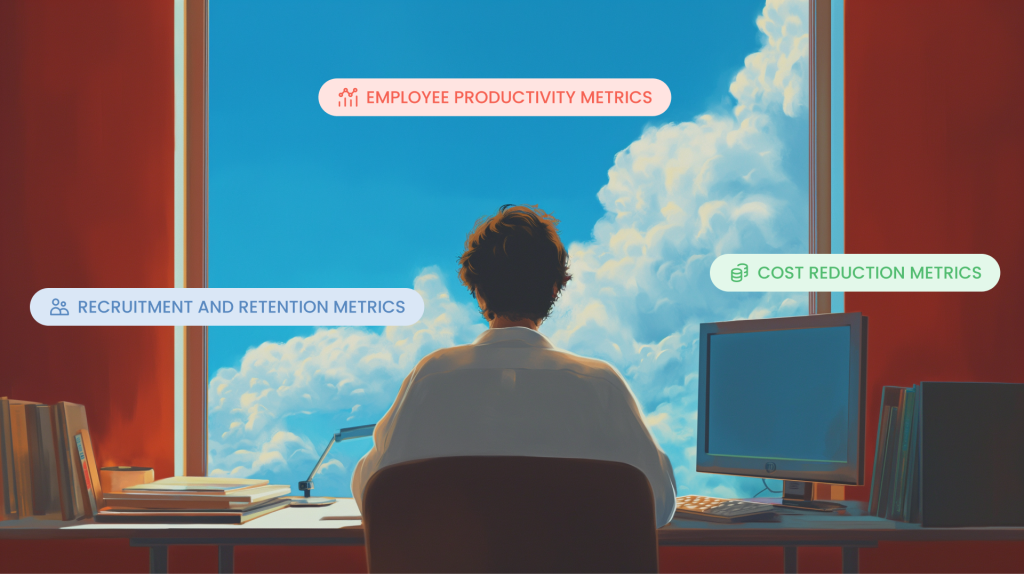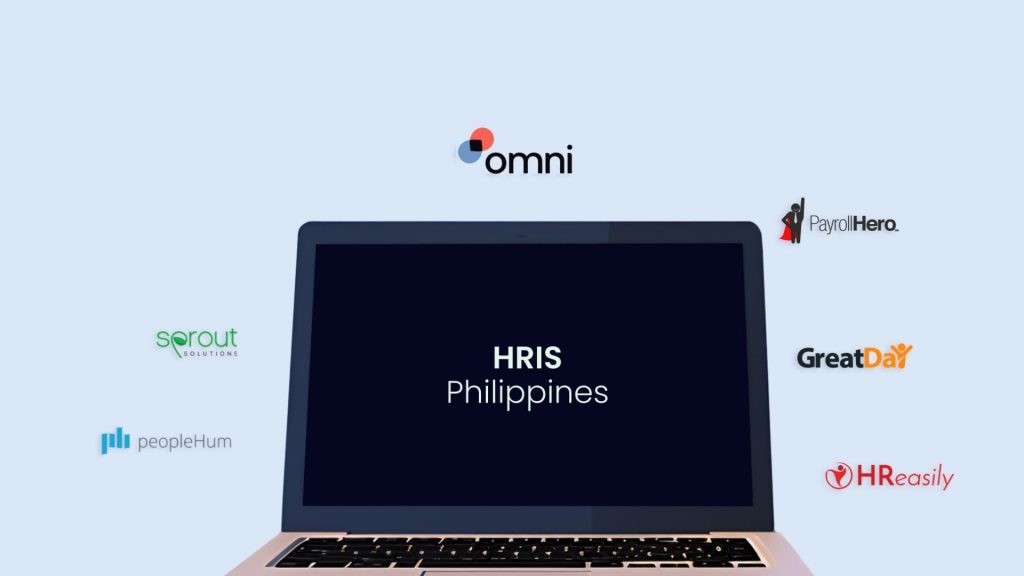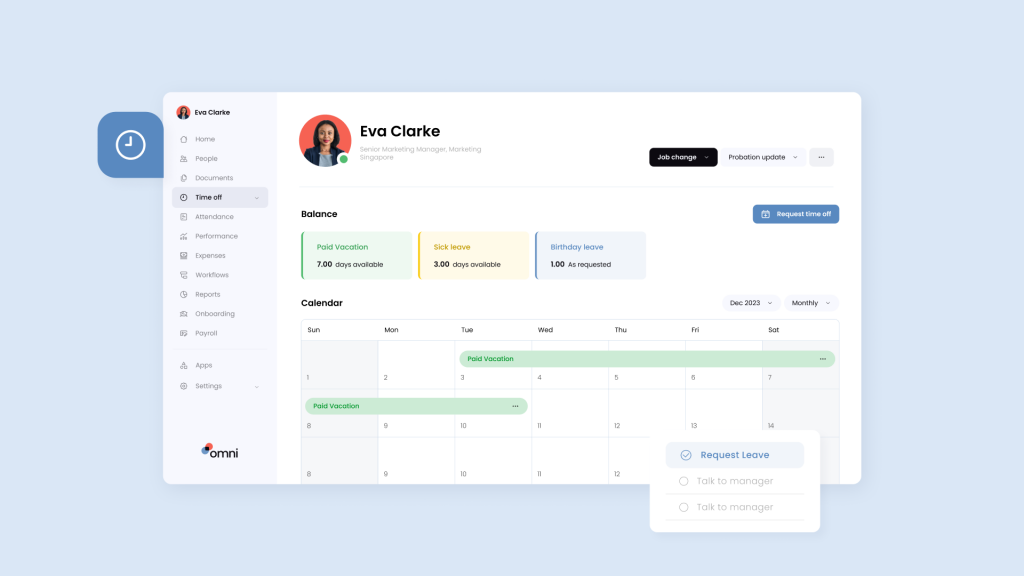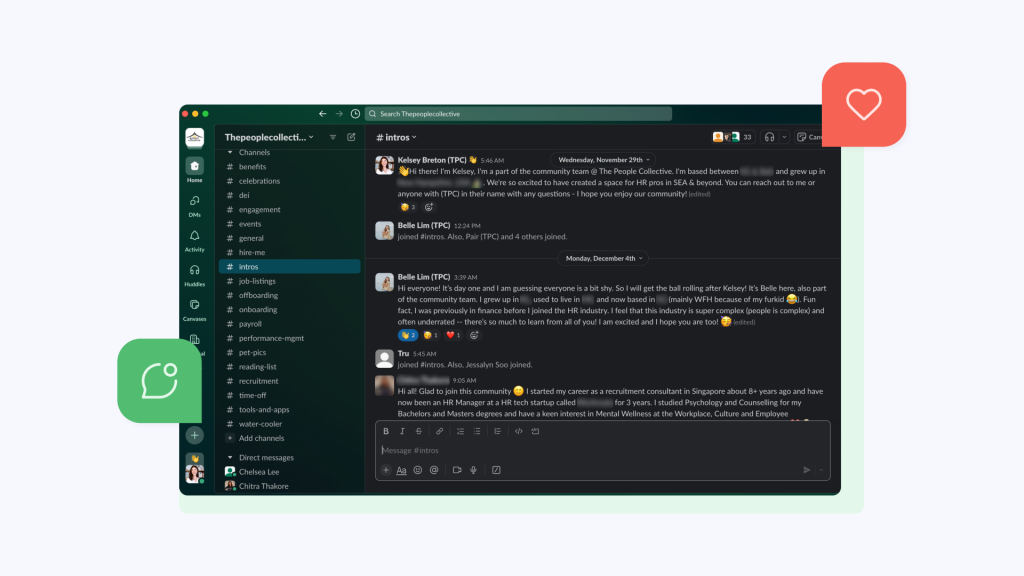- What is Workplace Wellbeing?
- Role of a Workplace Wellbeing Champion
- Who can be a ‘Workplace Wellbeing Champion’?
- What is Singapore's Workplace Wellbeing Champions Network?
- How to Join the Workplace Wellbeing Champions Network?
- The Expansion of Tripartite Advisory on Mental Health
- Empowering Teams for Health and Wellbeing
- How Omni Supports Singapore Businesses
A physically and mentally well workforce is more productive than those torn between unrealistic deadlines and pressure. Workplace wellbeing initiatives aim to create such work cultures where employees thrive, grow, and are satisfied with their jobs.
In fact, according to a 2020 Deloitte survey on workplace wellbeing, 80% of executives claimed that well-being was their top priority. Yet, the Human Capital Trends report stated that nearly 90% of employees feel their work life is getting worse.
The data illustrates that despite the current efforts of Singaporean companies to invest in workplace wellbeing, their strategies are falling short. This disconnect is a contributing factor to the necessity of Singapore’s Workplace Wellbeing Champions Network, a government-backed initiative to help create a more positive work environment for Singapore employees.
What is Workplace Wellbeing?
Workplace wellbeing refers to optimizing employees’ health, satisfaction, and overall fulfillment within a professional setting. It extends beyond the traditional notions of health and safety by incorporating elements of physical, mental, emotional, social, and professional dimensions. At its core, workplace wellbeing seeks to create an environment that not only protects employees from physical harm but helps them navigate stress, career dilemmas, and other work-related issues.
Some examples of workplace wellbeing initiatives are as follows:
- Allowing employees to work remotely or provide flexible working hours
- Offering gym memberships, fitness classes, or wellness workshops
- Providing access to counseling services and stress management workshops
- Organizing team-building activities, social gatherings, and other group activities
- Conducting regular one-on-one meetings between employees and managers
- Encouraging the use of vacation days and time off to prevent employee burnout
- Offering training programs, mentorship, and other opportunities for career advancement
Implementing a blend of these wellbeing initiatives is crucial, as physically and mentally well employees are likely to be more focused, energetic, and productive in their roles. Such a positive culture that prioritizes employee wellbeing also attracts top talent and reduces organization’s attrition rate. This is becoming increasingly important as 59% of employees would consider leaving their current role for a company offering better wellbeing benefits.

Role of a Workplace Wellbeing Champion
A workplace wellbeing champion is a trusted individual within your organization whom employees feel comfortable turning to when they need support. Instead of internalizing their concerns, these wellbeing champions bridge the communication gap between leaders and team members. With this, timely action can be taken, preventing a surge in employee turnover rates and serving as a value add and benefit to attract new talent.
As Mr. Aslam Sardar, Chief Executive of the Institute for Human Resource Professionals, states, “When you have very good well-being programs, you are attractive to an employee and are more likely to attract talent, especially the younger generations.”
According to WHO, creating a healthy workplace requires including initiatives in four crucial areas—the physical work environment, psychological environment, personal health resources, and enterprise involvement in the community. Based on that, here are some specific duties of workplace wellbeing champions:
Provide resources and information: Create a centralized hub for employees to quickly get resources, articles, and information on various aspects of wellbeing, such as mental health support, fitness programs, and healthy eating.
Organizing wellness programs: Planning and implementing wellness challenges, such as step-count competitions, yoga sessions, or mindfulness programs to encourage physical activity and stress reduction. These programs reduce absenteeism by 14-19%, and 80% of employees claim to enjoy their work days when wellness programs are in place.
Facilitate open discussions: Create a safe space for colleagues to discuss their concerns, challenges, or ideas about well-being openly. This can be done through regular meetings, informal gatherings, and offering mental health days at work.
Mental health advocacy: a 2019 Cigna wellbeing survey revealed that a staggering 92% of employed respondents in Singapore were stressed, and 44% of them believe that their existing workplace programs did not address mental health. A sentiment that has only intensified in a post pandemic world. Running awareness campaigns on mental health, providing resources on coping strategies, and reducing the stigma around mental health support have become crucial in supporting employees.
Collaborate with relevant stakeholders: Collaborate with management, Human Resources, and other stakeholders to integrate well being into your overall organizational strategy. They may also collaborate with external partners, such as wellness experts or healthcare providers.
Collecting feedback and suggestions: Asking for feedback via surveys is another crucial area in enhancing your wellbeing initiatives. You can use this information to tailor programs and meet employees’ specific needs, helping to identify specific pain points within your organization.
While the role is often voluntary, wellbeing champions should have the time to attend meetings, organize events, and stay informed about relevant wellness topics.
Who can be a ‘Workplace Wellbeing Champion’?
Any employee within an organization who is passionate about promoting a positive work environment can become a workplace wellbeing champion. The role is typically voluntary, and individuals interested in their colleagues’ well-being often take on this responsibility.
However, according to Gan Siow Huang, the Minister of State for Manpower, “wellbeing champions are typically management level employees, who can rally senior management to implement policies to support employees’ mental wellbeing.”
Some characteristics and qualifications that make people well-suited to be workplace wellbeing champions include:
Passion for wellbeing: Wellbeing champions should genuinely care about the health and happiness of their colleagues. It isn’t just a title but a desire to walk people through their distressing times and lead them to better paths.
Good communicator: Wellbeing champions must communicate information about wellness initiatives, resources, and events to their colleagues effectively. Sometimes, people who need these initiatives the most need a little convincing to become a part of it. That’s where strong verbal and written communication skills would help.
Approachable and supportive: The wellbeing champion should be the first person colleagues turn to when they are in need of support. This ensures that seeking advice or discussing concerns isn’t difficult for those dealing with significant issues.
Enthusiastic and positive: A positive attitude can be contagious. Wellbeing champions who approach their role with optimism can motivate others to prioritize their own wellbeing. At the same time, champions should empathize with the challenges for providing meaningful support and guidance.
Respect for privacy: Wellbeing champions deal with sensitive information related to the health and wellbeing of their colleagues. They must prioritize privacy and maintain confidentiality to create a safe space. To ensure employees share the needed information, asking the right question becomes essential. Prepare a list of employee satisfaction survey questions that equally focus on job satisfaction, work environment, communication, work-life balance, and professional development.

What is Singapore’s Workplace Wellbeing Champions Network?
The Wellbeing Champions Network is Singapore’s largest network for workplace mental health and wellbeing, supported by the Tripartite Alliance Limited. They focus on three things— feeling well, functioning well, and connecting well, providing a 360-degree wellbeing experience.
- Feeling well focuses on both physical and emotional wellbeing. It includes breathing techniques for better awareness, incorporating physical movements in the busy work schedule, focusing on emotional intelligence, and creating a sense of belongingness in the workplace community.
- Functioning well focuses on creating a sense of work fulfillment, which remains extremely important to bring the best out of employees. It includes boosting skills and opening the mind to new ideas and experiences to lead employees in the right direction
- Connecting well helps in strengthening the relationship with the community and the environment. It focuses on contributing to others in both small and large ways and adding value to life by building meaningful relationships.
Comprising 50 founding members from renowned organizations, the Wellbeing Champions Network aims to create a safe space and culture of sharing without the fear of discrimination.
The network was formed based on research showing that a significant number of employees fail to deal with work demands and pressures. These employees took a lot of medical leave and were prone to accidents much more than other employees. So, focusing on mental wellbeing became critical for both productivity and safety.
So, as part of Singapore’s National Mental Health and Wellbeing Strategy 2023, employers are recommended to have wellbeing champions within their teams. However, the concept of workplace wellbeing is new. That’s where a community-based approach via the network could help, as you can learn from experiences and expert insights.
The whole idea of Singapore’s Workplace Wellbeing Champions Network is to create a unified and collaborative space where every employee is heard, seen, and respected for their issues, big or small.
How to Join the Workplace Wellbeing Champions Network?
Joining the workplace wellbeing champions network is free, and champions and other nominated employees can join the network with no fee. All you need to do is email Kaleidoscope Labs at hello@kaleidoscope.sg, the official vendor appointed by the Workplace Safety and Health Council.
The Expansion of Tripartite Advisory on Mental Health
The subject of mental health has long been somewhat of a taboo in Singapore as Singaporean society believes in hard work and resilience. However, we observed a significant shift after COVID-19 with a growing emphasis shifted to the importance of mental health and wellbeing in the workplace.
The Tripartite Advisory on Mental Health was then launched in 2020 to provide employers with knowledge and skills to better support their employees’ mental health and well-being. The initiative collaborates with the government, employers, and workers’ unions.
In 2023, the Tripartite Advisory was expanded to include new measures such as the Workplace Wellbeing Champions Network. The network successfully connected individuals dedicated to promoting well-being practices in the workplace.
The Advisory also included new measures to eliminate stigmas and implement a peer support system of trained staff to create a supportive and positive work environment. We also observed an increased focus on hiring individuals with mental health conditions to create a more inclusive workplace.
Empowering Teams for Health and Wellbeing
The Workplace Wellbeing Champions Network has numerous benefits for your employees and organization. It’s important to emphasize the benefits, showcase their positive impact, and create a compelling narrative around the initiative to facilitate stakeholder and employee buy-in.
To empower more employees to join the network, focus on conveying personal benefits such as enhanced leadership skills, increased job satisfaction, and the opportunity to positively impact workplace culture. You can also provide examples of successful wellness programs and initiatives within the organization or from other companies.
Read next:
Remember that the key is to personalize your communication and tailor your approach to your organization’s unique characteristics and culture.
How Omni Supports Singapore Businesses
Localized payroll
Manual payroll is made easier with tools like our payslip template Singapore. For companies at risk of common errors such as miscalculations, typos, and missed deadlines, automating your payroll with Omni offers a comprehensive payroll solution tailored to Singapore’s specific requirements. With features like support for SGD, automated tax calculations, and managed CPF contributions, Omni can help HR teams simplify their payroll processing and ensure compliance with ease.
With automated payroll outsourcing services, digitized and secure payslip distribution and records keeping, and dedicated support teams to guide your team and ensure compliance, Omni’s payroll processing reduces common payroll errors as well as the administrative burden of your HR team and frees up valuable time to dedicate to more impactful business processes.
Documents and visa management
E Pass salaries and other regulatory changes are a common reality for Singapore businesses, technology can help manage the various documents and E Pass salary requirements needed to support your foreign talent.
Omni allows your organization to securely and centrally manage employee information such as proof of qualifications and written consent necessary to obtain a Singapore E Pass. Our employee-portal makes it easy for employee’s to upload and update their information, centralizing critical information such as E Pass numbers, expiry dates, and renewal reminders, helping ensure your E Pass management meets the regulations set by the Singapore government.
Benefits administration
Omni’s time off management capabilities help managers and HR teams swiftly navigate employee leave management, promoting wellbeing and work-life balance. Omni’s platform allows you to approve leave applications on the go and keep track of who’s in and out of the office with at-a-glance scheduling.
Our employee self-service portal empowers employees to submit their time off requests, which automatically routes to the appropriate manager thanks to customizable approval workflows. With automated calculations, employees and managers can easily view leave balances in real-time, and track how many vacation days they have left without having to go through HR.
Our localized solutions and inter-connected system integrates your leave management efforts with payroll processing, facilitating automatic, accurate calculations and compliance with local regulations for various regions.
